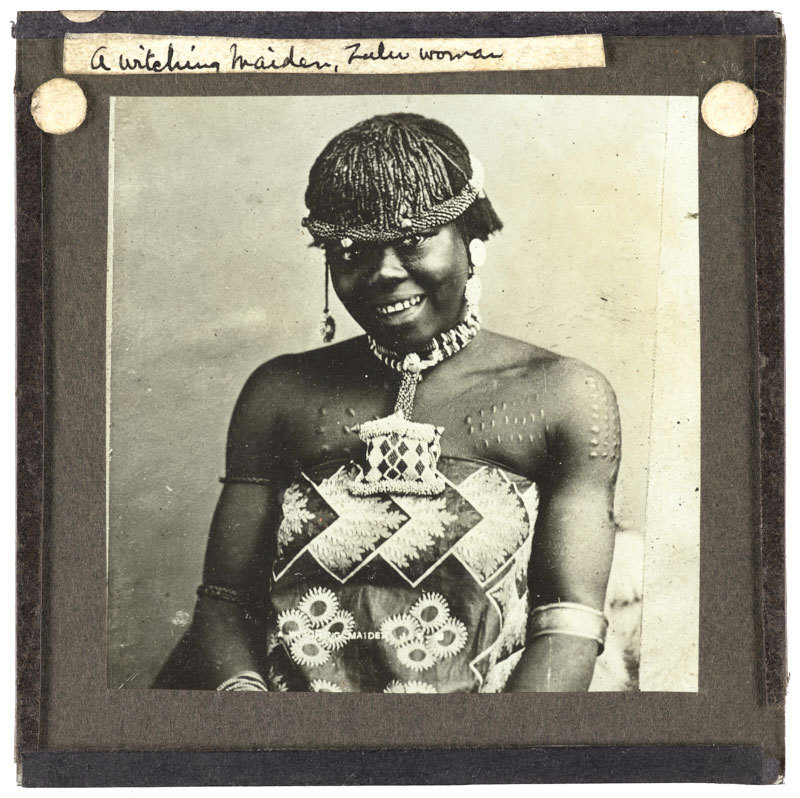Lantern Slides
Title
Lantern Slides
Description
The vast majority of commercial lantern slides were black-and-white positive images, created with the wet collodion or a dry gelatine process. Slide lantern photographers made either “contact” or “reduction” prints. Contact prints were made by placing a negative over a piece of light-sensitive lantern glass and then developing the image by exposure under controlled light. For a reduction print, the photographer often affixed the negative to a window with a clear view, and photographed the illuminated negative directly onto the light-senstive lantern glass with a camera. After the completion of the photographic process, slide makers often affixed a paper border to the lantern glass, covered it with a clear piece of protective glass, and then bound the glass “sandwich” together with tape. The paper borders often bore printed identification of the commercial studio. Less frequently, manufacturers employed professional colorists to apply pigment washes to the lantern glass image prior to labeling and binding.
Collection Items
A witching maiden. Zulu woman
Lantern slide of a Zulu woman. Labelled A witching maiden. Zulu woman.
Brightside and Carbrook Cooperative festival, May 1908.
Lantern slide showing children partaking in a Maypole event, observed by a large crowd. Labelled Brightside and Carbrook Cooperative festival, May 1908.
Indian Fakirs or religious mendicants.
Lantern slide showing two Indian men. Labelled Indian Fakirs or religious mendicants.
Ambulance trip to Roche Abbey.
Lantern slide of building in the grounds of Roche Abbey. Labelled Ambulance trip to Roche Abbey.
Would be Boy Scouts, West Bromwich Park.
Lantern slide of boys sitting in a park. Labelled Would be Boy Scouts, West Bromwich Park.
Thatched cottage. Brinsworth Common.
Lantern slide of a thatched cottage on Brinsworth Common near Rotherham.
Attercliffe Common at the close of the 18th Century.
Lantern slide of a reproduction of a veiw of Attercliffe Common at the close of the 18th Century,





























